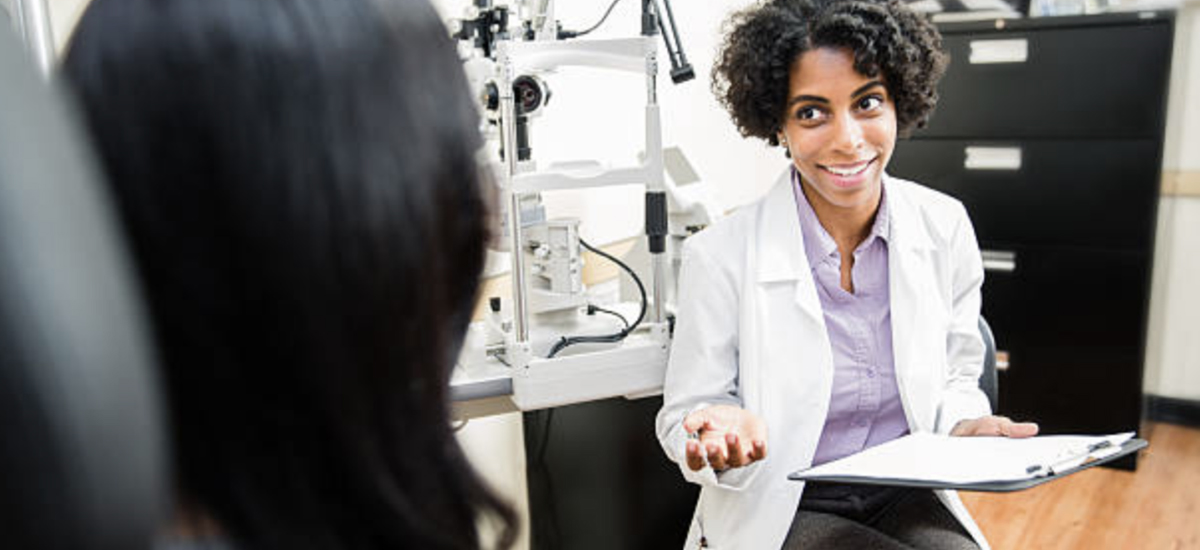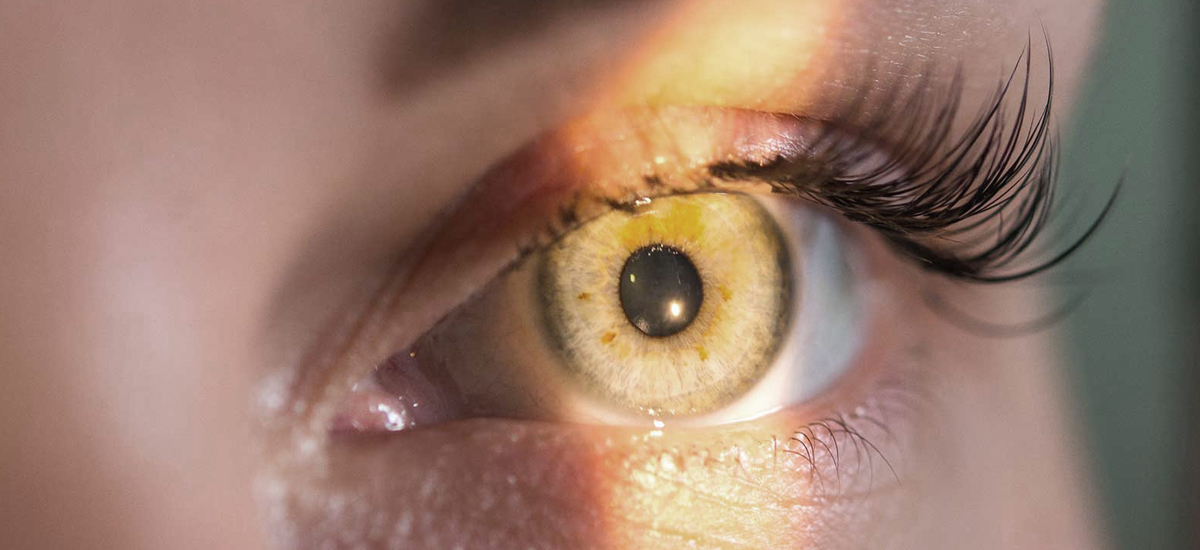Are Bigger Lenses Better for Progressive Lenses?

Refractive errors are no cakewalk, especially if you go too long without glasses. And if you have presbyopia, a condition that affects aging eyes, the right vision correction is even more essential.
Fortunately, people now have more options than ever to treat presbyopia and other eye conditions. You can ask your eye doctor for bifocals, trifocals, or even line-free progressive lenses (also known as progressive addition lenses or PALs).
If you’re a first-time progressive lens’ wearer, you may be wondering, ‘Are bigger lenses better for progressive lenses?’ Today, we’re going to explain everything you should know about this type of eyewear, including the minimum fitting height for progressive lenses.
Let’s get started.
What is the best lens height for progressive lenses?
Progressive lenses feature three prescriptions (near to distance), and as you look through different parts of the lenses, the prescription changes in power. With this type of eyewear, it’s essential to ensure your lenses fit your eyes and face.
The minimum fitting height for progressive lenses is 28-30mm. This will allow proper room in each part of the lens so that you can see your best, whether you’re driving or using your computer. If your lenses aren’t at least 28mm tall, you risk limiting your near vision at the bottom of the lenses, which defeats the purpose of these glasses.
To ensure your progressive lenses fit, your optometrist may:
- Test your vision at a distance of 20 feet.
- Ask you to move your head, eyes, or chin in different positions until your vision clears up.
These steps will indicate whether your lenses (and frames) are the right size, making for better vision. If you’re wondering why your progressive lenses are blurry at specific parts, such as on the sides, the eye specialist can adjust your eyewear further until you get the right fit (at no extra cost to you--ever).
Are bigger lenses better for progressive lenses?
For many years, large frames and lenses were the only options for progressive eyewear. After all, you need enough room to see well through each part of the lens--and big eyewear seemed like the way to go.
However, small frames can be challenging since they intercept the bottom of the lenses, which impacts your near vision (or your ability to read). So, when asking yourself if bigger lenses are better for progressive lenses, know that you’re on the right track. Small frames are an option, but it’s best to stick with larger lenses.
This is important because some lenses aren’t suitable for small frames. For instance, standard progressive lenses require large frames, whereas short-corridor progressive lenses are perfect for smaller eyewear.
The key to finding the best lens type is to have an eye exam and ask your eye doctor what they recommend. Based on your prescription, they may suggest specific types of progressive lenses--or frames--to help you make the most of your vision.
Summary: What size of progressive lenses should you get?
To have the best success with your new eyewear, you should opt for lenses that are large enough to accommodate three fields of view (from near to far). If you’re still wondering, ‘Are bigger lenses better for progressive lenses?’, the answer is yes.
Here’s why:
- Bigger lenses ensure you have ample coverage for each prescription.
- Most types of progressive lenses fit better in large frames, so you’ll need bigger lenses to go with them.
Progressive lenses are a fantastic eyewear choice for daily use. Transition to this type of lens, and say hello to clear, crisp vision.
Shop at For Eyes for your next pair of glasses
Show off your unique style and browse our wide variety of frames from your favorite brands for men, women and kids. Stop by your local For Eyes or order online at your convenience.











